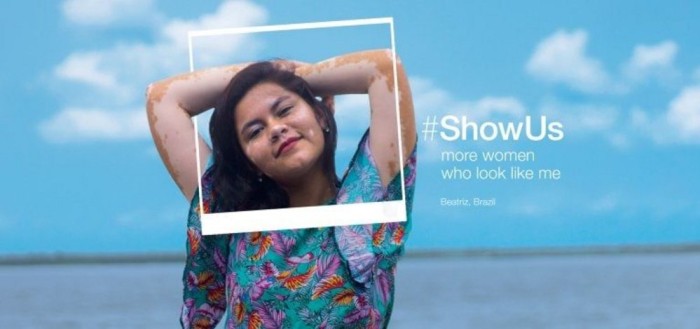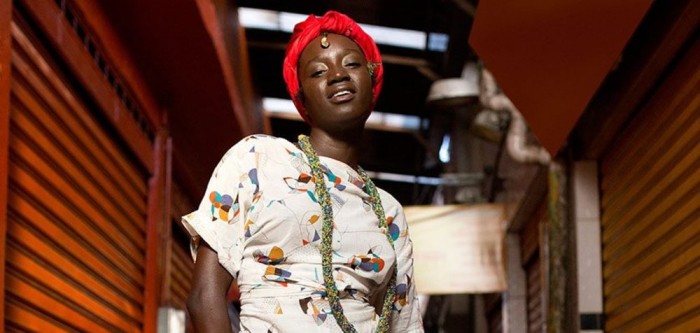Case study | Dove: Women like us
This article was originally published in Contagious I/O on 4 April 2019.
Share this post
Dove has teamed up with Getty Images to champion more realistic and diverse depictions of women.
In a project called #ShowUs, Dove and Getty have created a library of more than 5,000 photographs of 179 women from 39 countries. Women of all shapes, ethnicities and abilities are represented within the collection, along with traditionally perceived ‘visual imperfections’.
The images were shot by 116 female and non-binary photographers that were employed by digital media agency Girlgaze, New York. Each photographed individual was encouraged to define the search terms and tags for their images, according to press materials. Dove is also encouraging people to share images of themselves to potentially become part of the photo collection.
Dove and its partners are asking advertisers and media owners to view, license and use the images in campaigns to drive a ‘more diverse and inclusive’ visual landscape.

Stemming from the insight that more than 70% of women globally do not feel represented by commonly seen images, the project aims to shatter beauty stereotypes by showing women as they are, not as others believe they should be, according to press statements from Dove and Getty Images.

‘For over 60 years, we have believed in liberating women from narrow beauty ideals and have showcased beauty diversity in our advertising,’ said Dove’s global vice president Sophie Galvani. ‘However, this is not enough, and we cannot make the systemic change we need alone.’
Contagious Insight
This partnership with Getty Images helps Dove continue its mission of empowering women, but it also equips media and advertising companies with the tools to follow suit. Many companies have been vocal in championing gender diversity, but what are they actually doing about it? In this collaboration, Dove continues to deliver on its promise while taking concrete action to enable others to do the same.
Time to get real / There is supporting data that this is a battle worth fighting for brands. A 2015 McKinsey Global Institute report found that $12 trillion will be added to global GDP by 2025 by advancing women’s equality. And as Bridget Brennan, one world’s leading authorities on female consumers said: ‘If the consumer economy had a sex, it would be female’.
Given the size of this market it would be foolish for organisations not to cater to the needs of the female consumer. Yet many women complain of being depicted through the male gaze in advertising. For example, women in ads are mostly in their 20s compared with men, who tend to be aged between their 20s and 40s, according to a 2017 report by The Geena Davis Institute on Gender and Media and creative agency J. Walter Thompson (JWT). Meanwhile, one in 10 female advertising characters are shown in sexually revealing clothing, which is six times the number of male characters, says the same report as cited in Marketing Week. Furthermore, men are also 62% more likely to be portrayed as intelligent, and one in three men are shown with an occupation compared to one in four women.
Image-conscious / For Getty Images, the collaboration with Dove on the image library follows on from its 2014 Lean In Collection, a hand-curated collection of imagery that promoted a more equitable, gender fluid world. At a seminar during the Cannes Lions International Festival of Creativity in 2014, Jessica Bennett, a contributing editor for Sheryl Sandberg’s Lean In non-profit, highlighted the importance of the collection by saying that the more media a girl consumes, the fewer options she believes she has in life. That realisation, which was also based on research by the Geena Davis Institute on Gender in Media, demonstrates the power that images have, Bennett said.
‘You have to think above what message we’re sending, not just to women, but to young girls. There’s an image gender gap, just as there’s a gap related to wages or women at the top. In the US, women are dominating the workforce: 1 billion women will enter the global workforce over the next 10 years. But in film, women are four times less likely than men to be portrayed holding a job.’


